In most pinballs, the ball is detected by switches. In older systems these are leaf switches. In more modern ones they are micro switches. In some systems they are contactless.
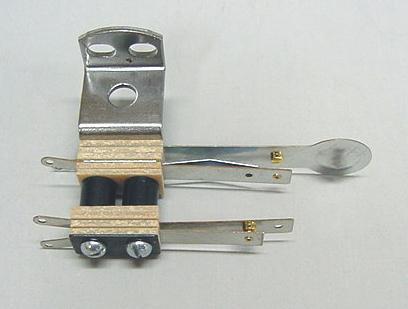 Leaf switch Leaf switch | 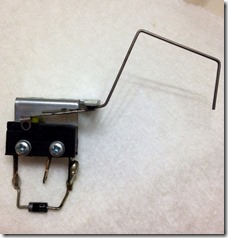 Micro lane switch | |
 Leaf lane switch Leaf lane switch |  lane switches between the lane guides lane switches between the lane guides |
For contactless ball detection are 3 systems present:
- Optical detection with a infrared diode and sensor. the ball breaks the beam.
- Electronic circuit that detects the ball when it gets close to a coil.
- Magnetic detection
 |  | |
| optical detection | coil detection | magnetic detection |
The sensor
I don’t like mechanics switches and I prefer a contactless approach. Less things to get damaged or break. Also for the switches the playfield need a long and narrow slit, what is difficult to make when making the playfield by hand.
There are induction sensors available on ebay or aliexpress, that are very cheap. Less as 2 usd shipped! I don’t understand how they make them for this amount.
The biggest drawback of this specific type is the detection distance. For the 12mm version this is 4mm. Therefore the sensor needs to very close to the pinball.
There are other types with larger diameters that have much longer detection distances, but also more expensive. This one has a diameter of 30mm and a detection distance of 25mm. It can therefore be mounted below the playfield and sense through it. Still need to order one in for some testing.
The other alternative is to design my own induction sensor. Then you can adjust the coil size to what is needed. I did some experiments with a LC oscillator, and this looks feasible. I will design a small PCB with and 8pins AVR processor to do some more test.
I have not finalised what approach I will take. For that need to do some more experiments.
12mm sensor
To test the 12mm sensor I designed a holder for it.
 | 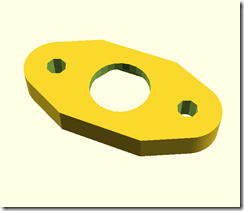 | |
| top | bottom |
This is screwed in the playfield
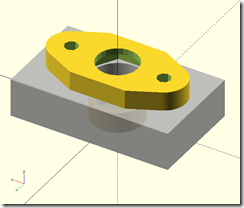 |  | |
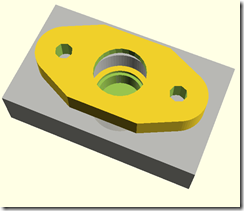 |  |
To bring the sensor close to the ball, the sensor has to stick through the playfield. A small insert is designed with a thin front to bring the sensor as close as possible to the ball. The problem is that the this front is very thin and thus less strong, and question is if it will be strong enough.
The printed insert feels strong enough.
Now I need to find some time to glue the insert in a piece of plywood and do some testing if it sensitive enough.
I also designed a shooterlane with the sensor. Here the sensor works good, because the ball is located and centered above the the sensor. 
More about this part in a later blog.
.



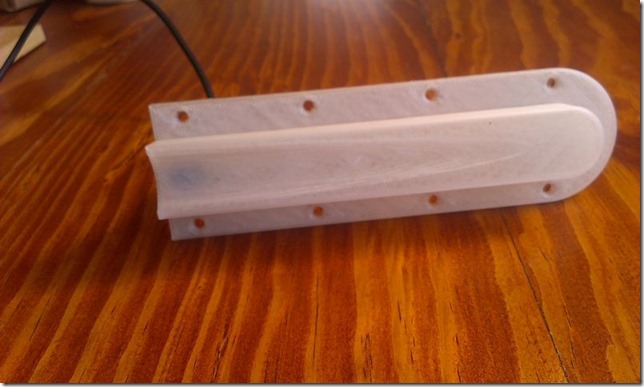
No comments:
Post a Comment